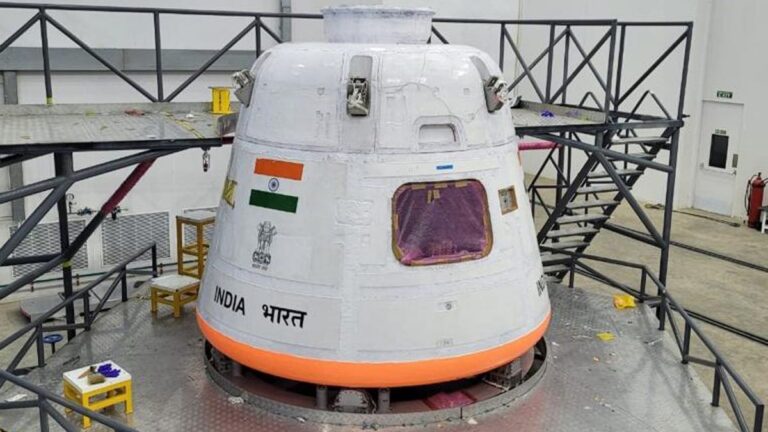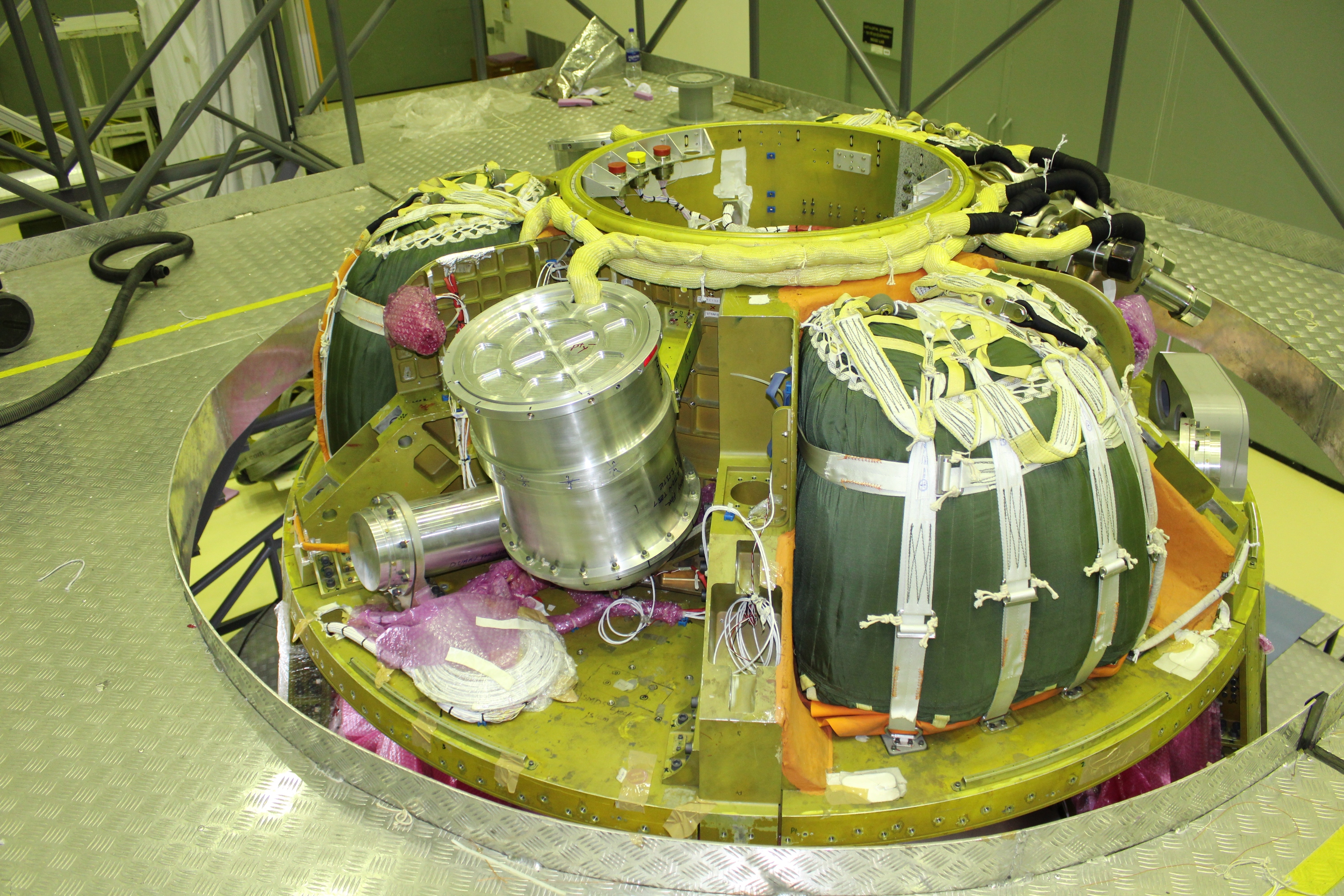
[ad_1]
After smashing the game with its successful Chandrayaan-3 moon mission and crossing off milestones for its Aditya-L1 sun explorer, the Indian Space Research Organization (ISRO) is getting set for yet another major spaceflight endeavor: Gaganyaan.
The Gaganyaan mission, which translates from Sanskrit to “celestial vehicle,” will be India’s attempt to launch at least three astronauts to low-Earth orbit before the end of 2024, though a concrete timeline for liftoff hasn’t been shared yet. What has been shared, however, is the date of Gaganyaan’s upcoming test flight that’ll look at the efficacy of the crew capsule’s emergency escape system.
On Oct. 21, ISRO will launch an empty module from Satish Dhawan Space Center in India before bringing it safely back to Earth, deputy minister for science and technology, Jitendra Singh, said on Tuesday (Oct. 11), according to Reuters.
“The success of this test flight will set the stage for the remaining qualification tests and unmanned missions, leading to the first Gaganyaan mission with Indian Astronauts,” ISRO said in a statement released on Oct. 6.
Related: India tests parachutes for Gaganyaan crew capsule using a rocket sled (video)
The test Crew Module (CM), according to the statement, will be akin to the pressurized module that’ll hold crew members during their ascent to space — this version, however, will be unpressurized. It will be brought to space on a single-stage liquid rocket specifically developed for this mission that will simulate an abort scenario; the true CM, by contrast, will ride atop a 143-foot-tall (43.5-meter) Launch Vehicle Mark-3 (LVM3) rocket with a solid stage, liquid stage and cryogenic stage. The latter recently received human safety certifications, R. Hutton, project director of the Gaganyaan mission, said during a conference last month.
ISRO says the test module will explore various other components of the mission, too, including drogue parachutes designed to stabilize and slow the spacecraft during reentry as well as “recovery aid actuation systems.” A Crew Escape System (CES) tested during the demonstration and “CM fairing and Interface Adapters” will help the agency assess the emergency escape system that’ll be used to eject astronauts if need be.
“This flight will simulate the abort condition during the ascent trajectory corresponding to a Mach number of 1.2 encountered in the Gaganyaan mission,” the statement reads. “Subsequently, the abort sequence will be executed autonomously commencing with the separation of CES and deployment of the series of parachutes, finally culminating in the safe touchdown of CM in the sea.”

Upon return to Earth, the CM will be recovered by a diving team from the Indian Navy in the Bay of Bengal using a dedicated vessel. Eventually, another test flight will follow this one, Singh said, which will carry a robot to outer space. That robot is named Vyommitra, which translates from Sanskrit to “space’s friend,” and has a humanlike face, can speak like a human and possesses robotic arms — but no robotic legs.
So far, the CM has undergone various forms of electrical testing in Bengaluru and is yet to experience vibration tests with the CES and be integrated with the vehicle on the launch pad, ISRO’s statement says.
[ad_2]